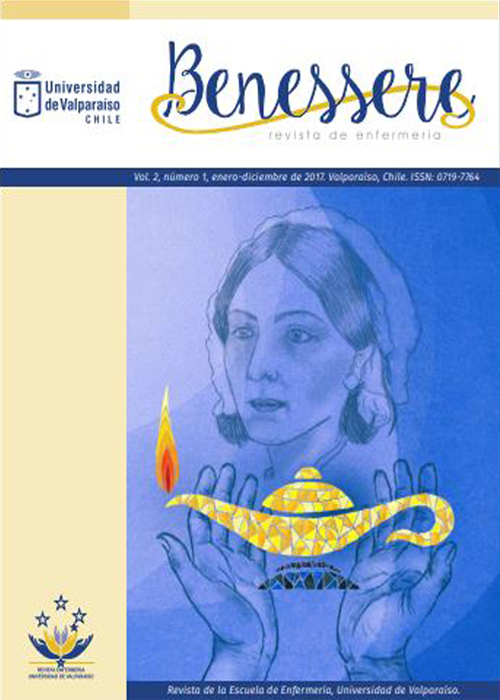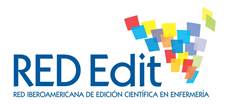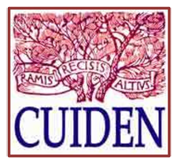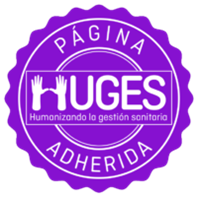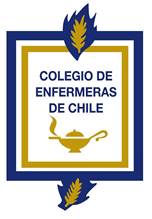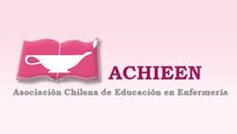Actitudes de estudiantes de enfermería respecto al consumo de alcohol
DOI:
https://doi.org/10.22370/bre.51.2020.2718.Palabras clave:
Actitud, Atención de Enfermería, Salud Mental, Bebidas AlcohólicasResumen
Introducción. En el año 2016, 3 millones de personas murieron en el mundo por el consumo nocivo de alcohol, siendo uno de los cuatro factores de riesgo modificables para desarrollar enfermedades no transmisibles. La identificación de las actitudes de los enfermeros frente a las bebidas alcohólicas puede predecir el nivel de impacto que tendrán los cuidados brindados al paciente. El Objetivo del estudio fue describir las actitudes de estudiantes de último año de enfermería, sobre el alcohol, el alcoholismo y las personas con alcoholismo en una Universidad de Bogotá. Material y Método. Estudio descriptivo transversal. Muestra censal de 100 estudiantes de una universidad pública de la ciudad de Bogotá. Instrumento utilizado: Escala de Atitudes frente ao Álcool, ao Alcoolismo e ao Alcoolista - EAFAA, y un cuestionario de caracterización sociodemográfica y académica. Utilización del programa Microsoft Excel. Se contó con el aval del Comité de Ética de la institución. Resultados. 91% de los participantes del estudio presentan actitudes positivas. Actitudes negativas se registraron al considerar la etiología del alcoholismo como causada por la persona.
Los estudiantes con formación presentaron actitudes más positivas (3,38). Conclusiones. Las actitudes positivas pueden desencadenar una mejor atención en el cuidado ofrecido por la población en estudio. La formación sobre el alcoholismo es fundamental para mejorar las actitudes de los enfermeros en esta área.
Descargas
Descargas
Publicado
Número
Sección
Licencia
Aquellos autores/as que tengan publicaciones con esta revista, aceptan los términos siguientes:
- Los autores/as conservarán sus derechos de autor y garantizarán a la revista el derecho de primera publicación de su obra, el cuál estará simultáneamente sujeto a la Licencia de reconocimiento de Creative Commons que permite a terceros compartir la obra siempre que se indique su autor y su primera publicación esta revista.
- Los autores/as podrán adoptar otros acuerdos de licencia no exclusiva de distribución de la versión de la obra publicada (p. ej.: depositarla en un archivo telemático institucional o publicarla en un volumen monográfico) siempre que se indique la publicación inicial en esta revista.
- Se permite y recomienda a los autores/as difundir su obra a través de Internet (p. ej.: en archivos telemáticos institucionales o en su página web) antes y durante el proceso de envío, lo cual puede producir intercambios interesantes y aumentar las citas de la obra publicada. (Véase El efecto del acceso abierto).

